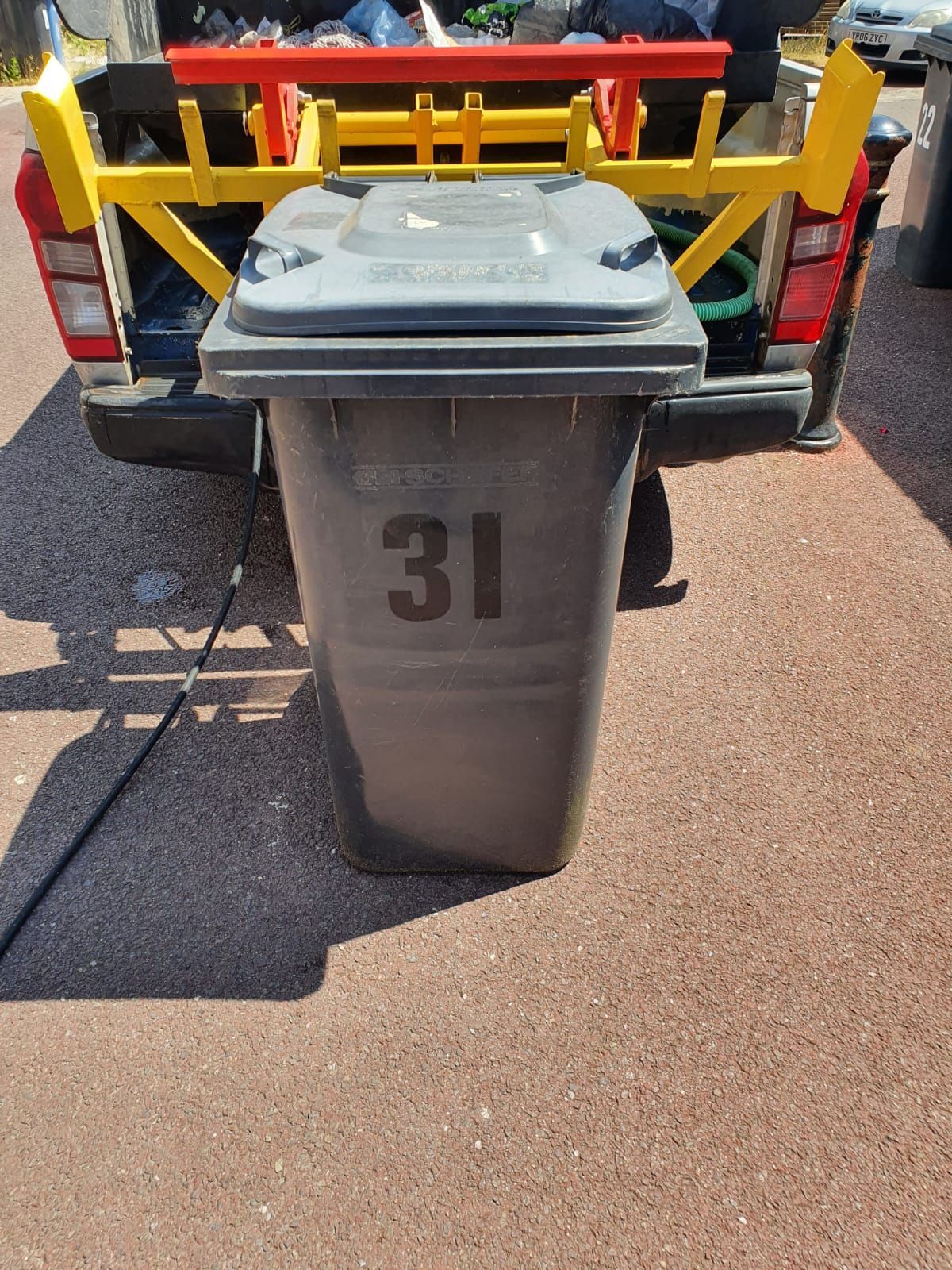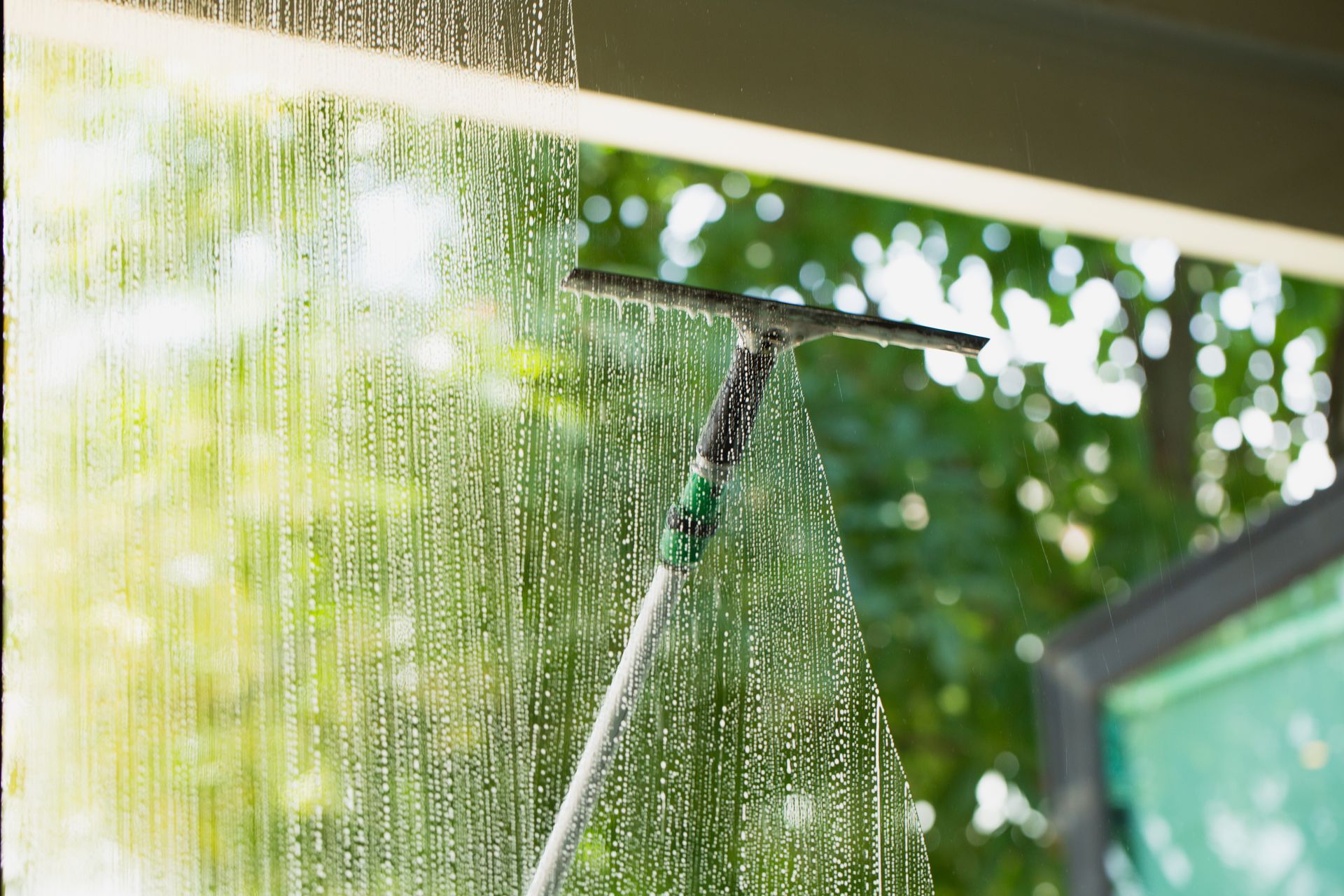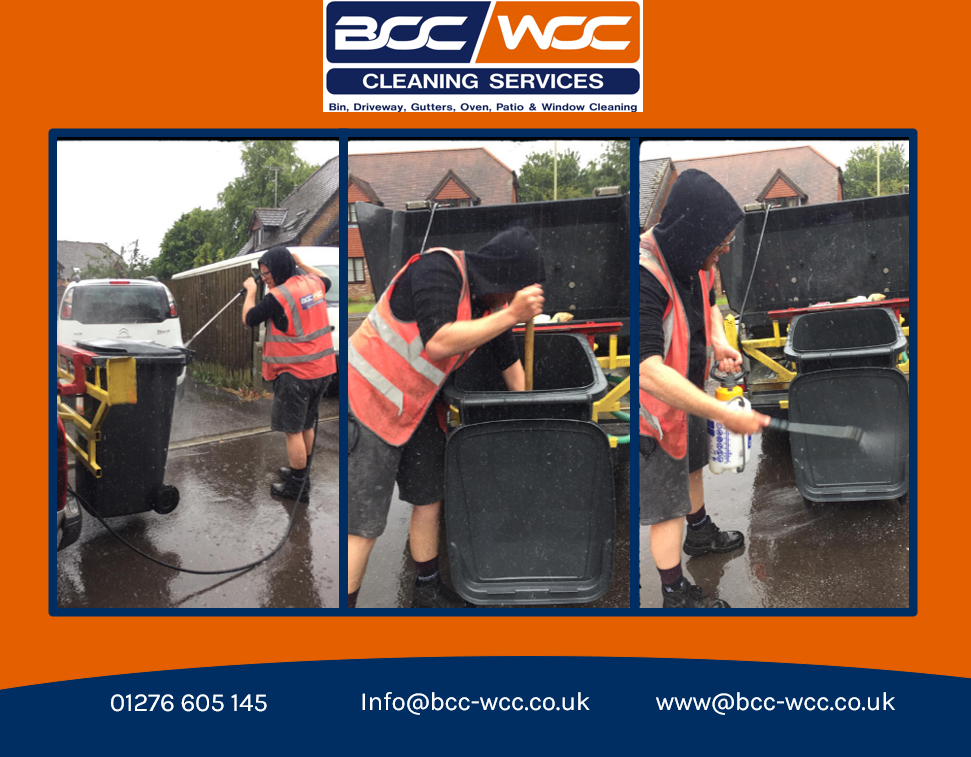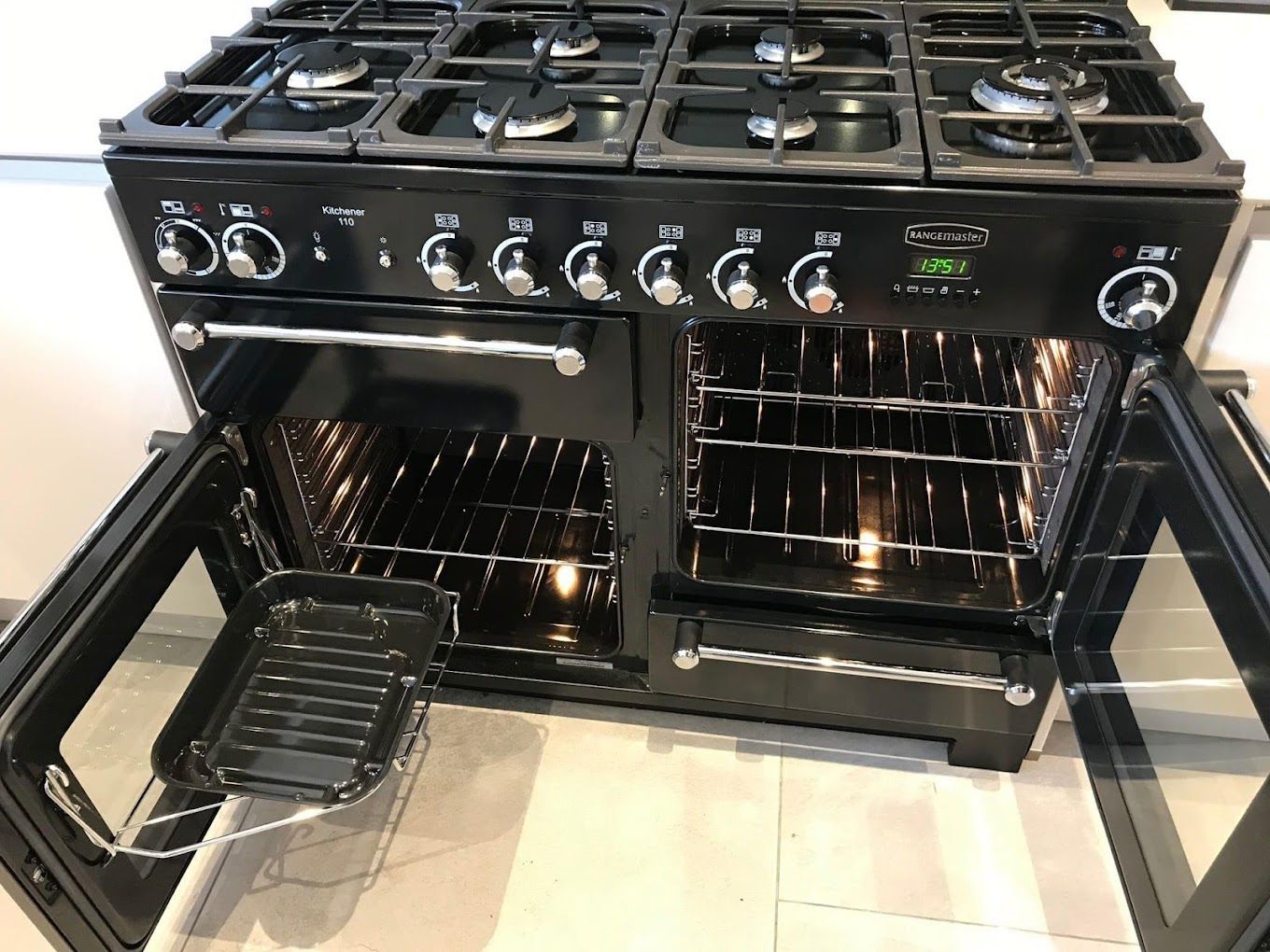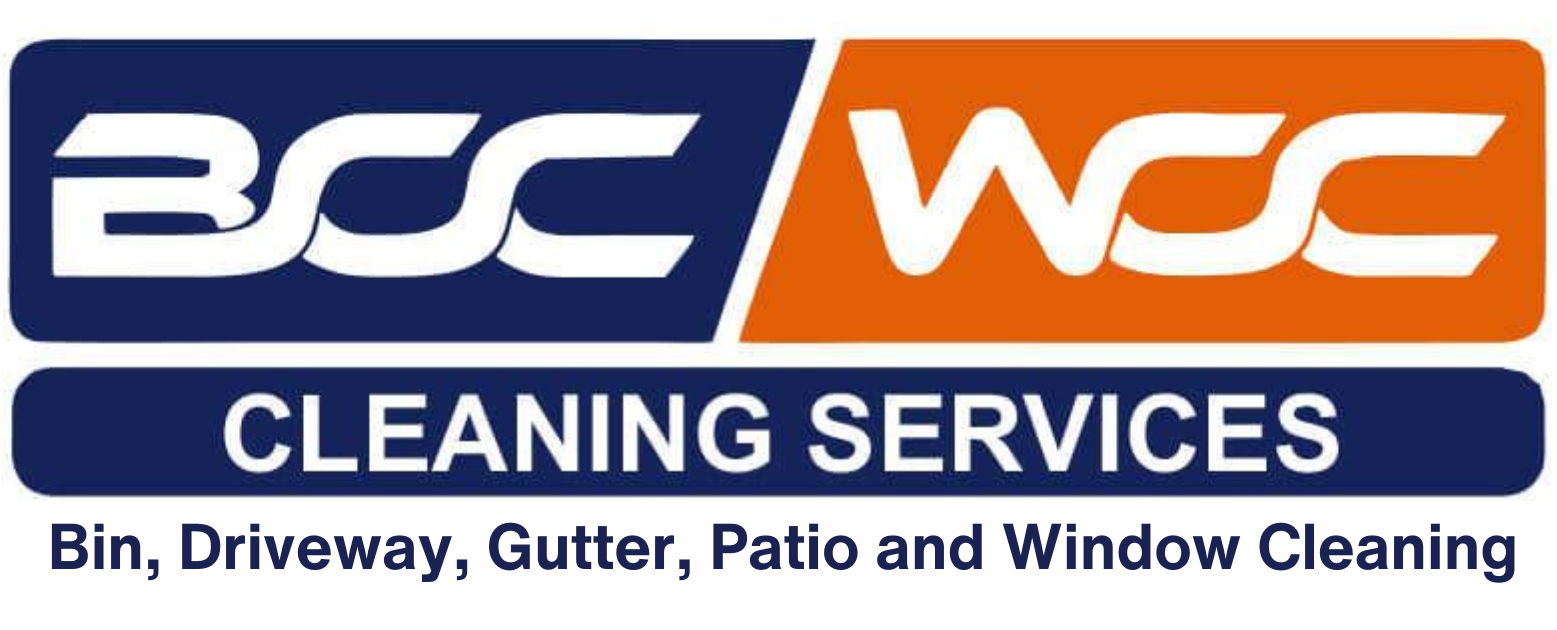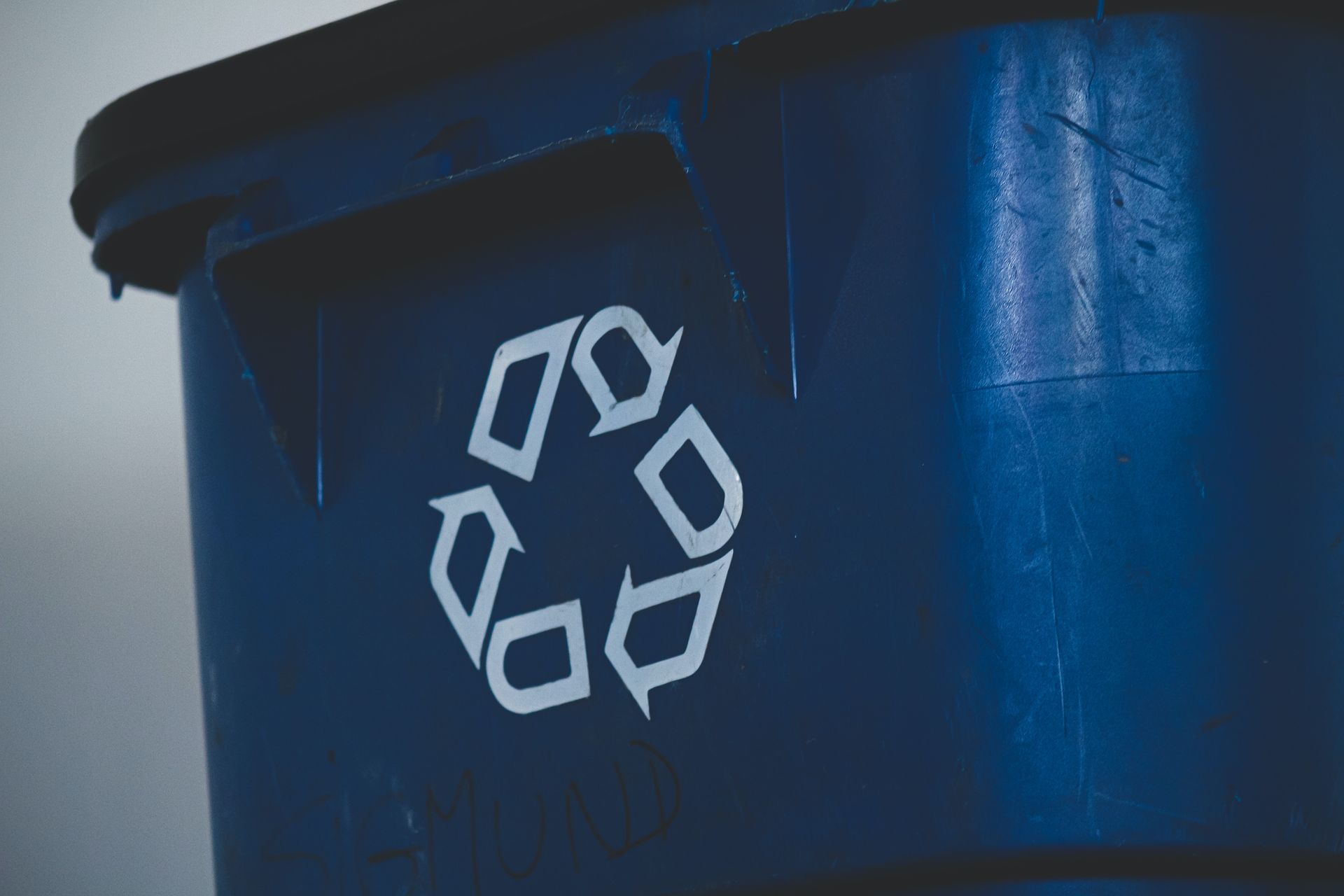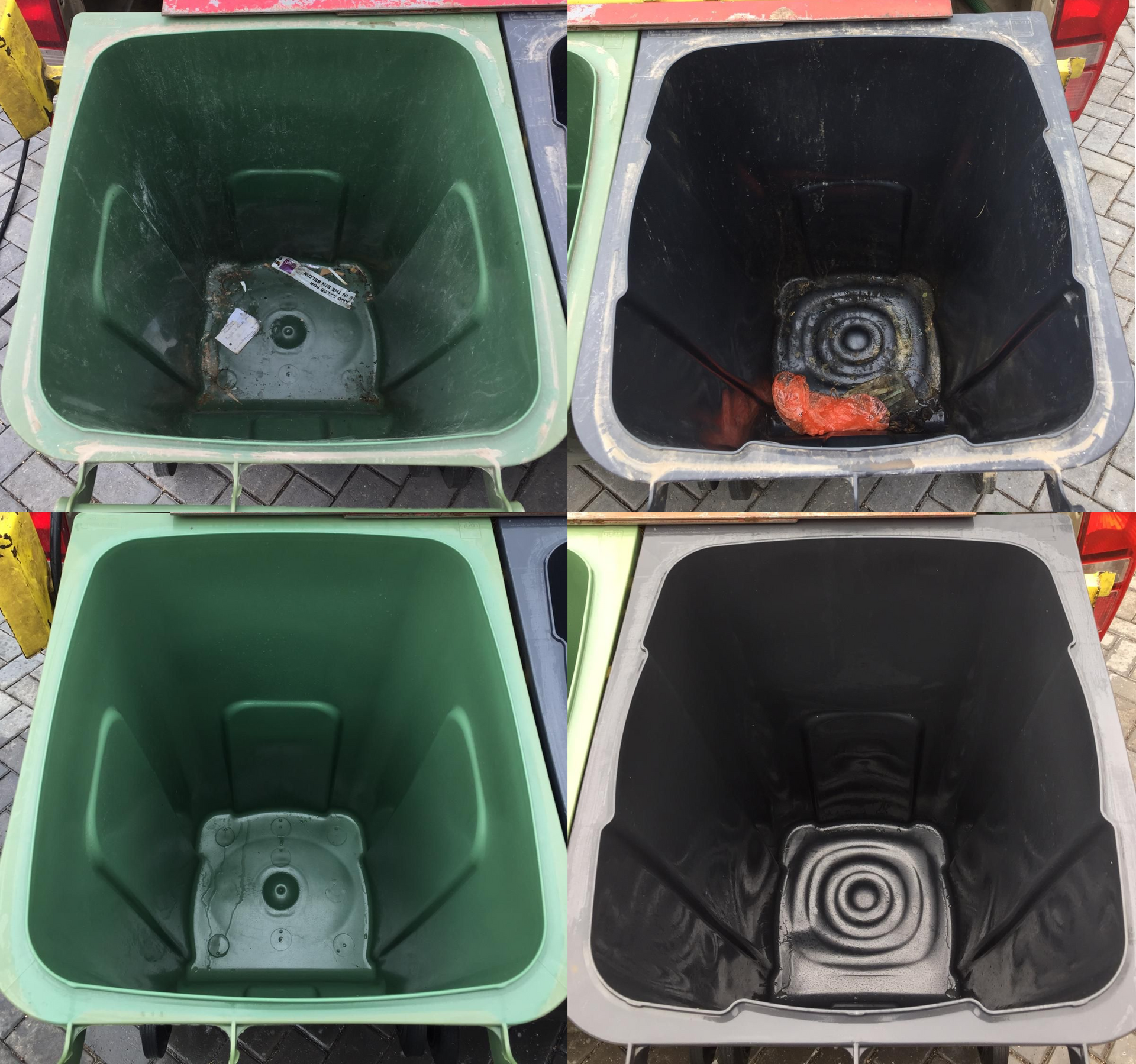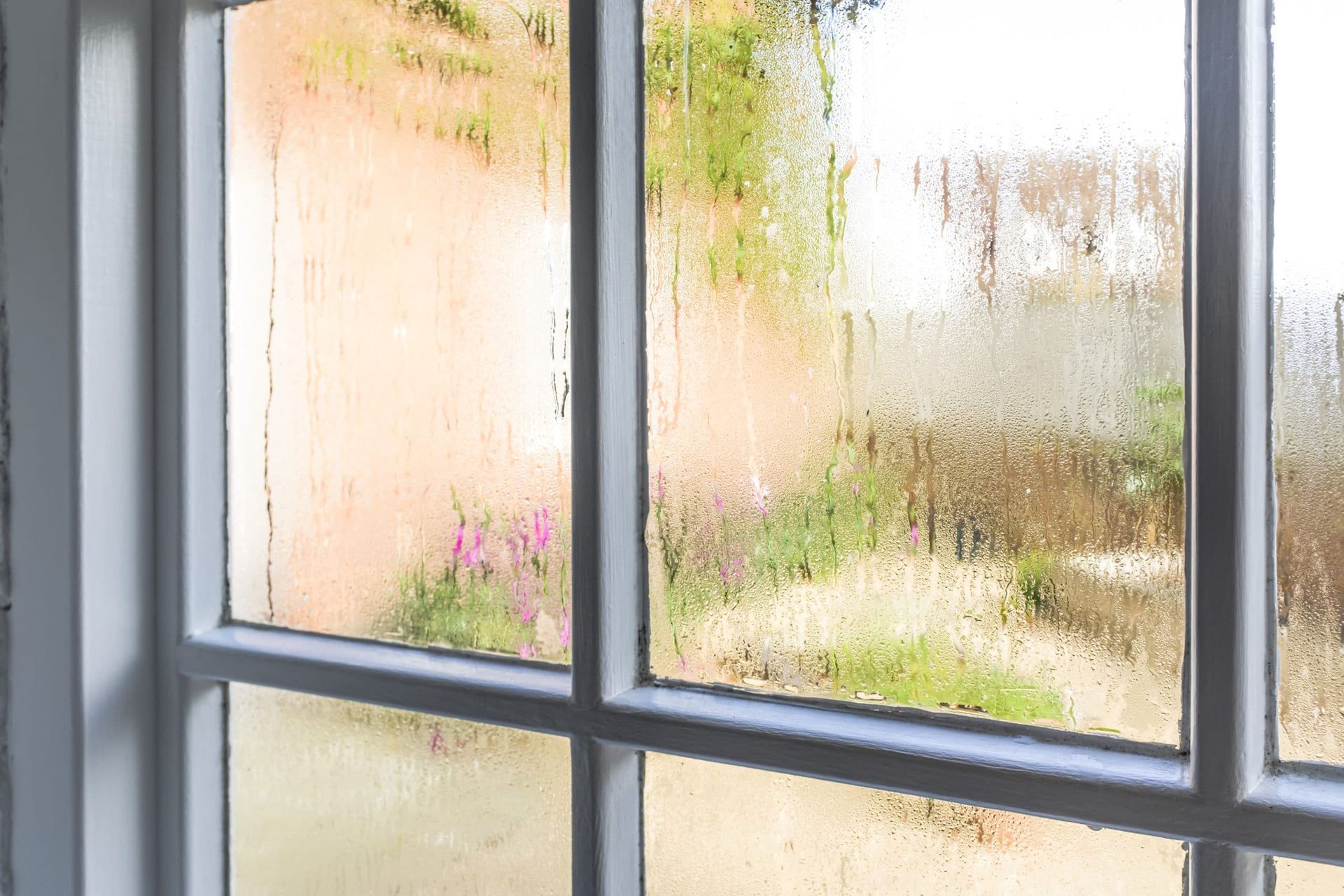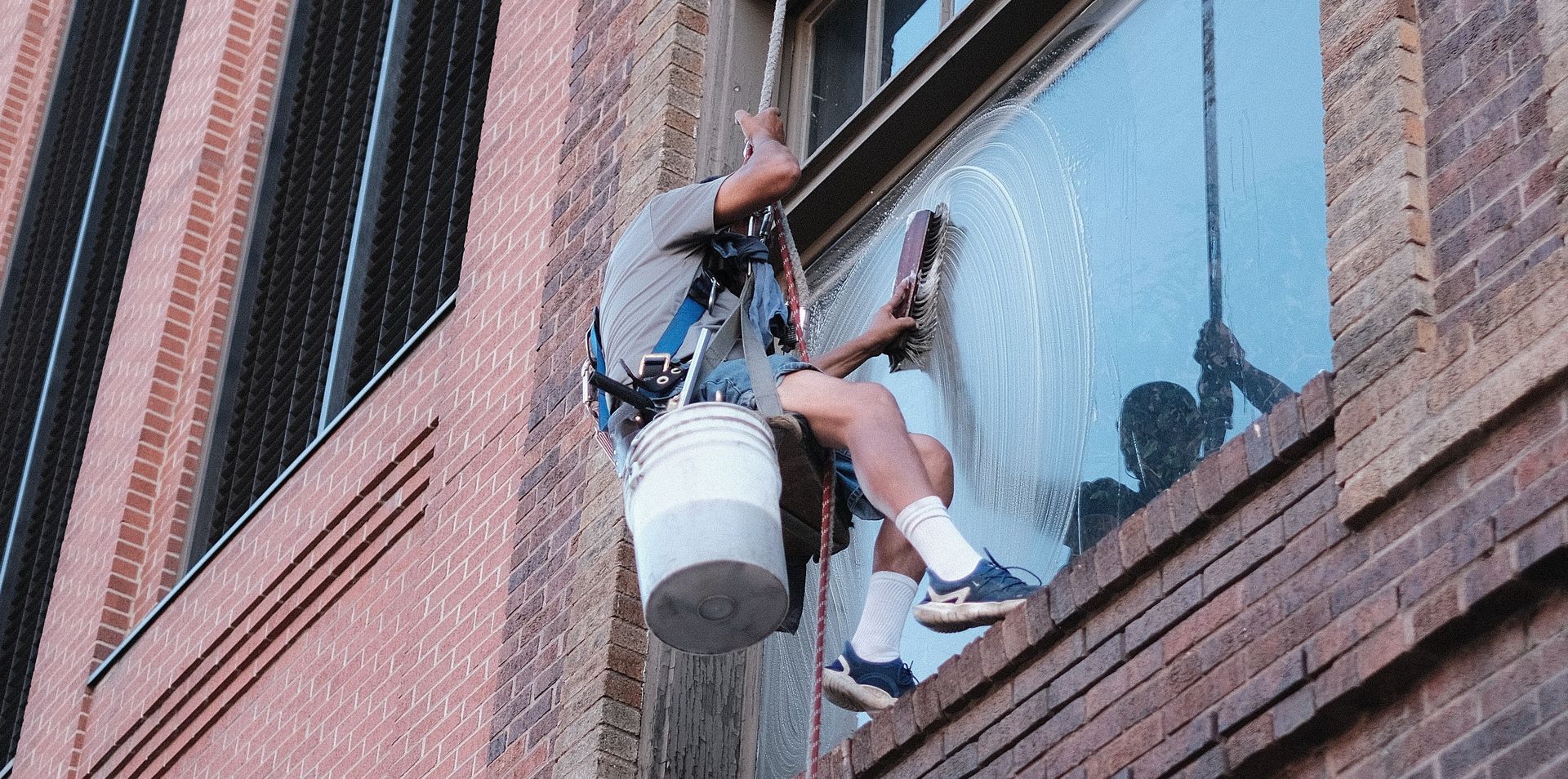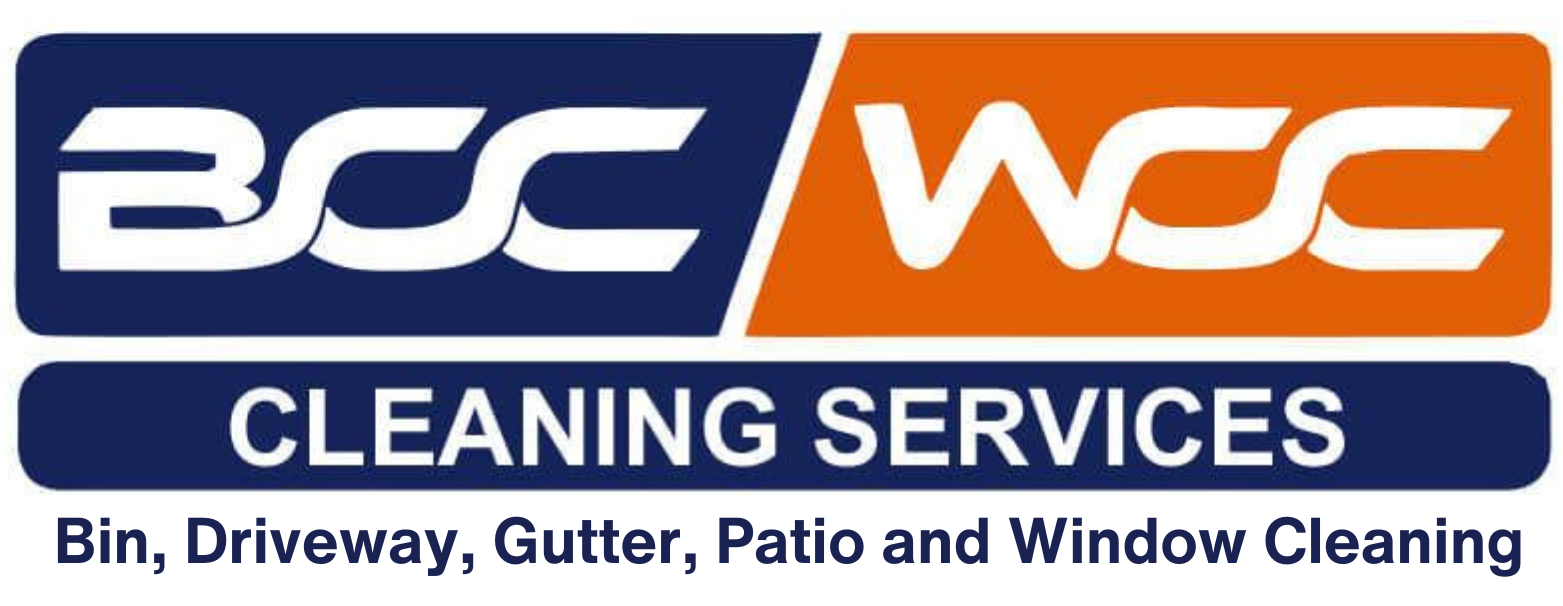The different types of conservatory roofs and how to clean them.
Keeping on top of your conservatory roof is important for summer.
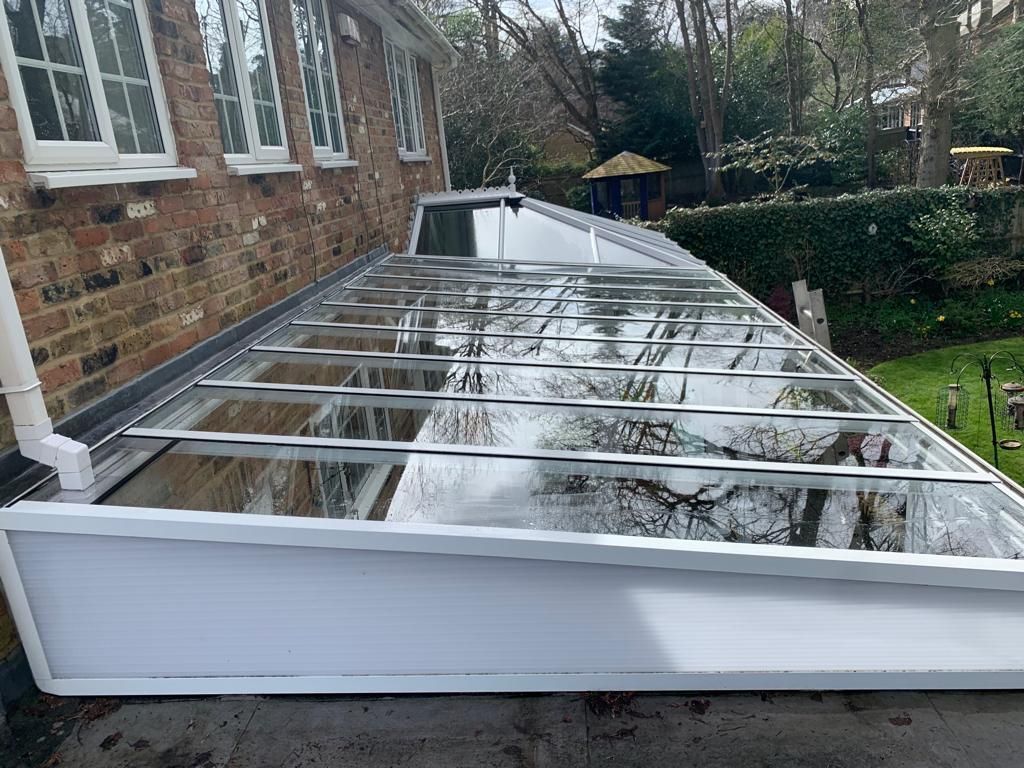
Conservatories are an excellent way to add more living space to your home while enjoying the benefits of natural light and the outdoors. However, it's crucial to maintain your conservatory to ensure it stays in good condition and lasts for years to come. One of the most critical aspects of conservatory maintenance is keeping the roof clean. In this blog post, we'll take a look at the different types of conservatory roofs and how to clean them effectively.
Types of Conservatory Roofs.
Conservatory roofs come in several different types, and each has its unique features, benefits, and cleaning requirements. Here are the most common types of conservatory roofs:
Glass Roofs
Glass roofs are the most popular type of conservatory roof. They allow plenty of natural light to enter the room and provide excellent insulation, helping to keep the conservatory warm in the winter and cool in the summer. However, they are prone to dirt and grime buildup, which can affect their clarity and reduce the amount of light that enters the room.
Polycarbonate Roofs
Polycarbonate roofs are a cost-effective alternative to glass roofs. They are lightweight and shatterproof, making them an excellent choice for households with children or pets. They come in different colors and tints, which can help regulate the amount of light that enters the room. However, they can scratch easily, which can affect their appearance and reduce the amount of light that enters the room.
Tiled Roofs
Tiled roofs are an increasingly popular option for conservatories. They provide excellent insulation and soundproofing, making them ideal for homes in noisy areas or those located near airports. They come in a range of colors and styles, allowing homeowners to match their conservatory roof to the rest of their home's exterior. However, they require more maintenance than glass or polycarbonate roofs, and they can be expensive to install.
Cleaning Your Conservatory Roof
Keeping your conservatory roof clean is essential to maintain its appearance and extend its lifespan. Here are some tips on how to clean each type of conservatory roof:
Glass Roofs
To clean a glass roof, start by removing any loose dirt and debris with a soft brush or a vacuum cleaner. Then, mix a solution of warm water and mild detergent in a bucket. Dip a soft sponge or cloth into the solution and use it to clean the glass roof, starting at the top and working your way down. Avoid using abrasive materials, such as scouring pads or steel wool, as they can scratch the glass. Finally, rinse the roof thoroughly with a hose or a bucket of clean water and dry it with a soft cloth.
Polycarbonate Roofs
To clean a polycarbonate roof, start by removing any loose dirt and debris with a soft brush or a vacuum cleaner. Then, mix a solution of warm water and mild detergent in a bucket. Dip a soft sponge or cloth into the solution and use it to clean the roof, starting at the top and working your way down. Avoid using abrasive materials, such as scouring pads or steel wool, as they can scratch the polycarbonate. Finally, rinse the roof thoroughly with a hose or a bucket of clean water and dry it with a soft cloth.
Tiled Roofs
To clean a tiled roof, start by removing any loose dirt and debris with a soft brush or a vacuum cleaner. Then, mix a solution of warm water and a tile and grout cleaner in a bucket. Dip a stiff-bristled brush into the solution and use it to scrub the tiles, starting at the top and working your way down. Be careful not to damage the tiles or the grout. Finally, rinse the roof thoroughly with a hose or a bucket of clean water and dry
In summary, this blog post discusses the different types of conservatory roofs, including glass, polycarbonate, and tiled roofs, and their cleaning requirements. It provides tips on how to clean each type of roof effectively and avoid damaging the material. Regular maintenance of conservatory roofs is essential to keep them in good condition and extend their lifespan. If you're looking for a quote to clean your conservatory roof, click "get a quote" at the top of this page.
